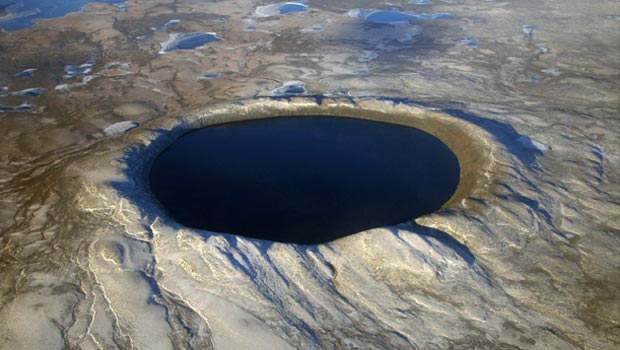Scientists from Harvard University believe that there is evidence of remnants of an ancient earth hidden under the top layers of our current planet!
Inspired by an article written by Andrei Burke of Ultraculture, a previously unexplained isotopic ratio from within the Earth could be a sign from material long before the Earth had a collision with another planet-like mass, that may have ultimately led to the formation of our Moon. This could be remnants from ancient Earth that existed 4.5 billion years ago!
A team of scientists from Harvard University in particular believe they have found evidence that an ancient Earth exists inside of our Earth. And by ancient, we are talking just at the time of the formation of planet earth.
The team believes that a previously unexplained isotopic ratio from deep within the Earth might left over from material from an ancient earth prior to colliding with a celestial body leading to the formation of the moon. The scientists at Harvard believe that this could potentially be remnants of an ancient Earth that existed 4.5 billion years ago, prior to the proposed collision.
In truth, nobody knows how the moon formed. There are at least 4 major scientific theories that are circulating that attempt to explain the formation of the moon. The most widely accepted theory says that the Moon was formed 4.5 billion years ago when the Earth collided with a mass the size of Mars called Theia. This theory states that the heat generated by the collision melted the planet causing debris to fly off eventually forming the moon.
But now, the team at Harvard, led by Associate Professor Sujoy Mukhopadhyay, believe that they have found evidence to support that only part of the Earth melted, and that an ancient part still exists within the Earth’s mantle! In other words, part of the ancient earth prior to the formation of the moon still exists untouched within our earth.
According to Professor Mukhopadhyay: The energy released by the impact between the Earth and Theia would have been huge, certainly enough to melt the whole planet. But we believe that the impact energy was not evenly distributed throughout the ancient Earth. This means that a major part of the impacted hemisphere would probably have been completely vaporized, but the opposite hemisphere would have been partly shielded, and would not have undergone complete melting.
The team analyzed the ratios of noble gas isotopes from deep within the Earth’s mantle and compared the results to isotope ratios closer to the surface. They found that 3He to 22Ne ratio from the shallow mantle is significantly higher than the equivalent ratio deep within the mantle. This led the scientists to believe that we are dealing with two completely different materials: that of new earth and that of ancient earth.
Professor Mukhopadhyay remarked: This implies that the last giant impact did not completely mix the mantle and there was not a whole mantle magma ocean.

Further evidence comes from analysis of the 129-Xenon to 120-Xenon ratio. Material brought to the surface from the deep mantle has a lower ratio than what’s normally found near the surface. Because 129-Xenon is produced by the radioactive decay of 129-Iodine, the isotopes place the formation age of the ancient section of mantle to within the first 100 million years of Earth’s history.
So we are not just arbitrarily talking about some ancient part of earth here. We are talking about left of pieces of the birth of the earth, present JUST after it had formed.
The geochemistry indicates that there are differences between the noble gas isotope ratios in different parts of the Earth, and these need to be explained. The idea that a very disruptive collision of the Earth with another planet-sized body, the biggest event in Earth’s geological history, did not completely melt and homogenize the Earth challenges some of our notions on planet formation and the energetics of giant impacts. If the theory is proven correct, then we may be seeing echoes of the ancient Earth, from a time before the collision, said Professor Mukhopadhyay.
Professor Richard Carlson of the Carnegie Institution Department of Terrestrial Magnetism stated: This exciting result is adding to the observational evidence that important aspects of Earth’s composition were established during the violent birth of the planet and is providing a new look at the physical processes by which this can occur.
Source: Archeology Hub

































Leave a Comment
You must be logged in to post a comment.